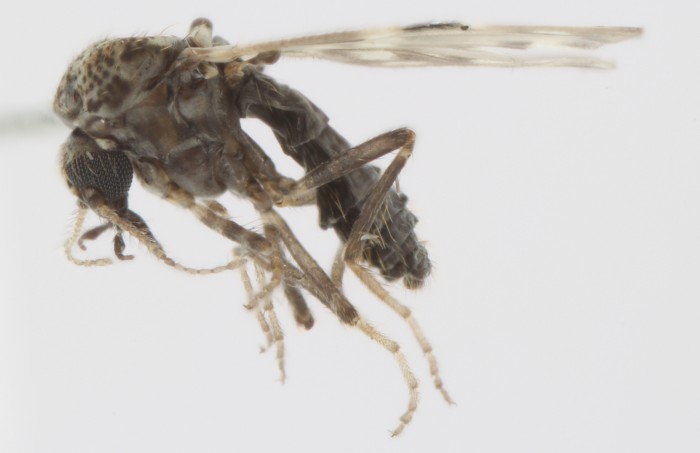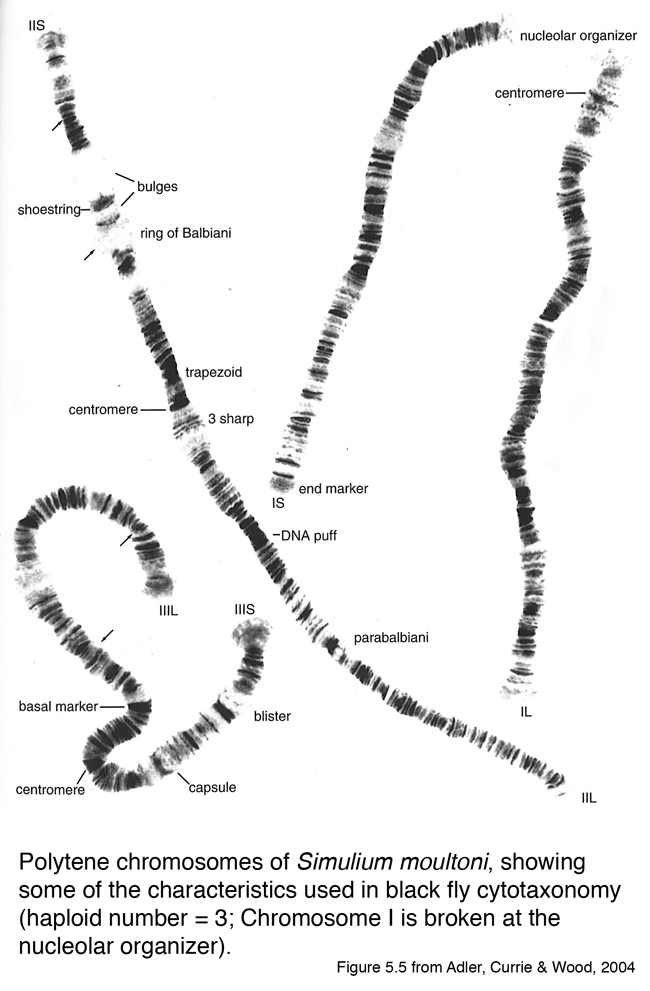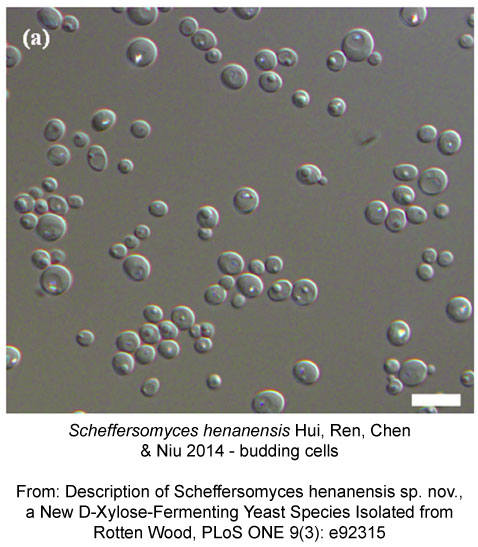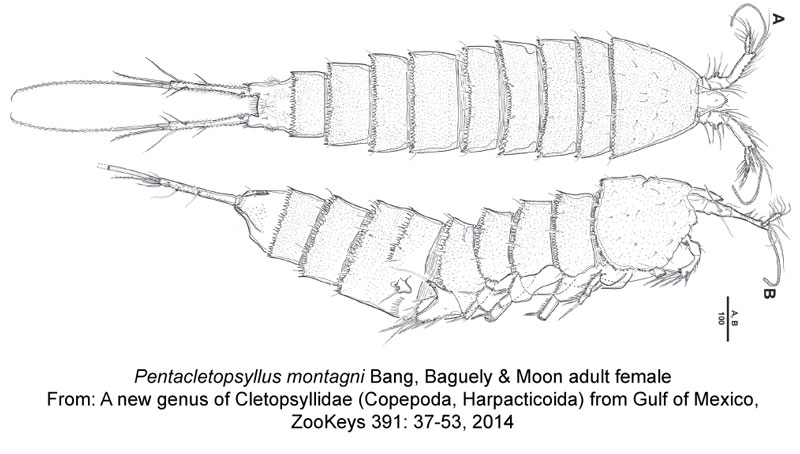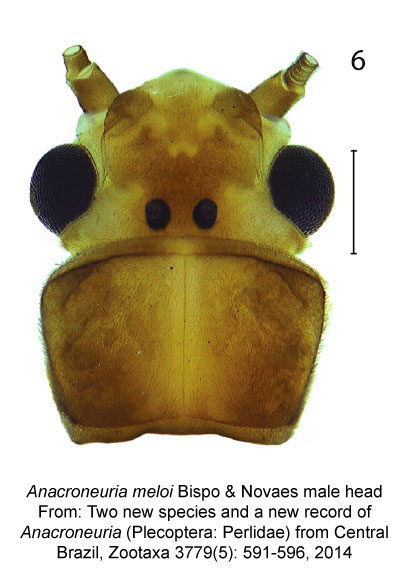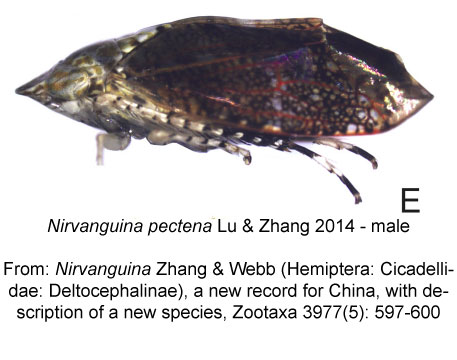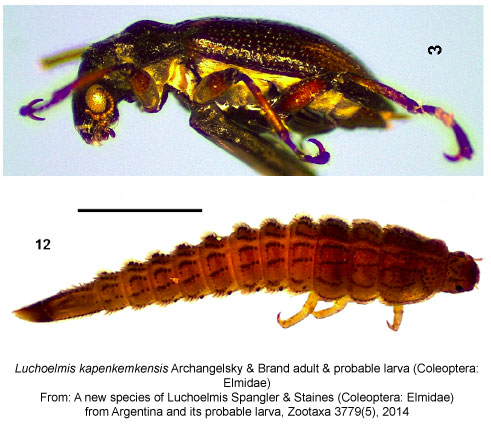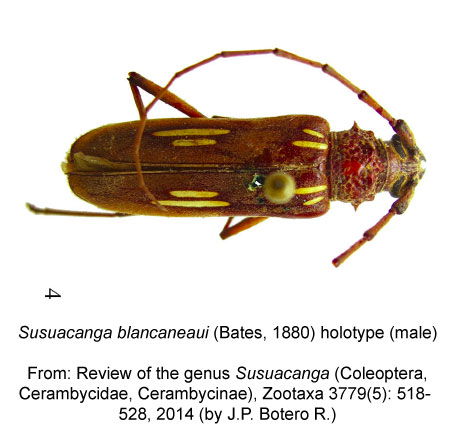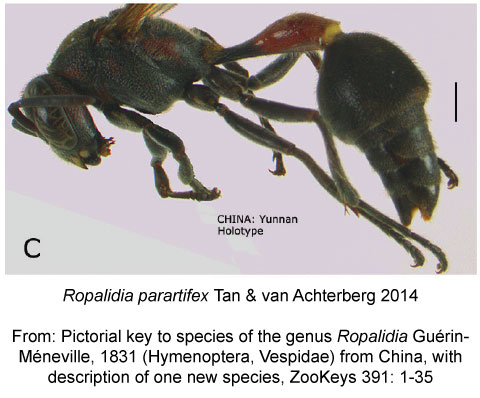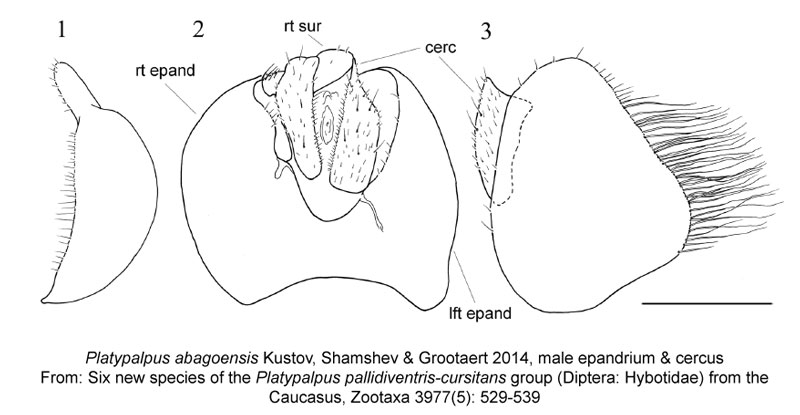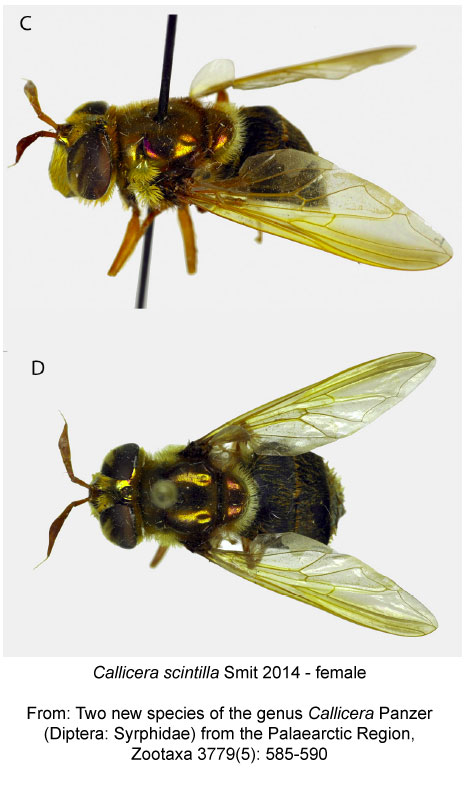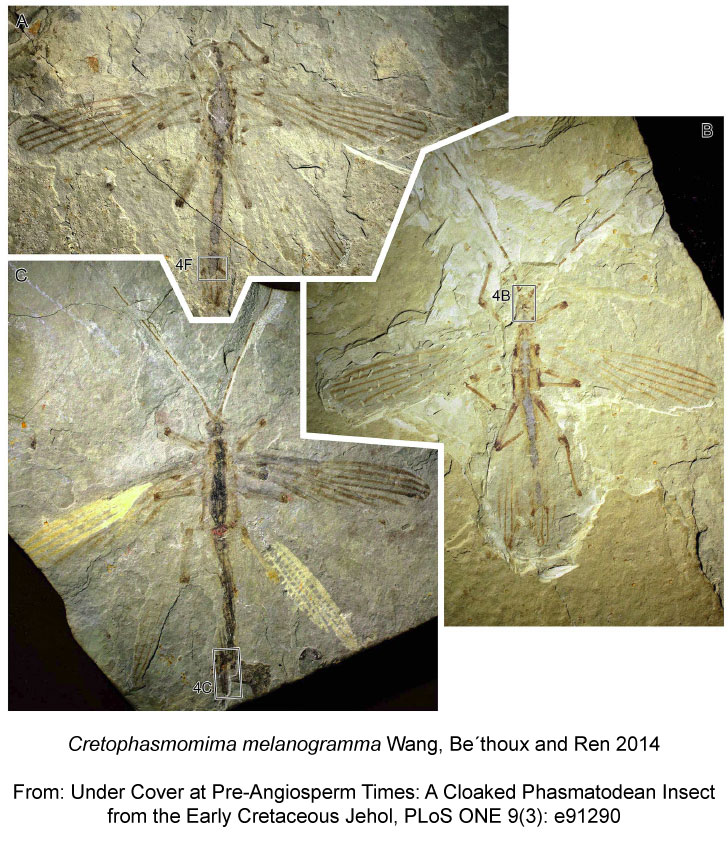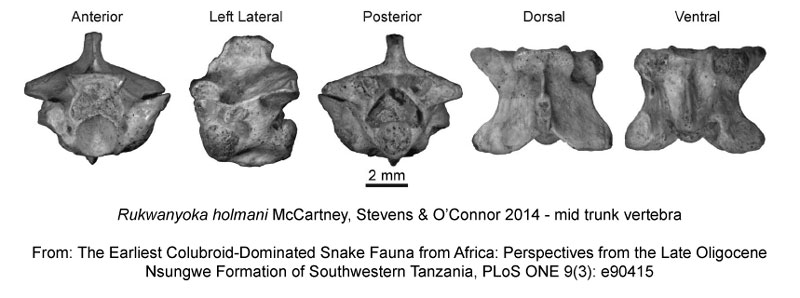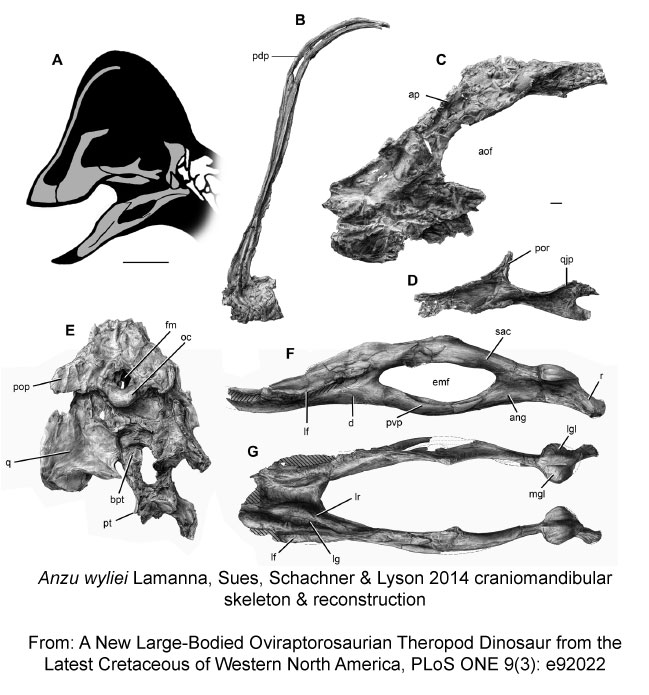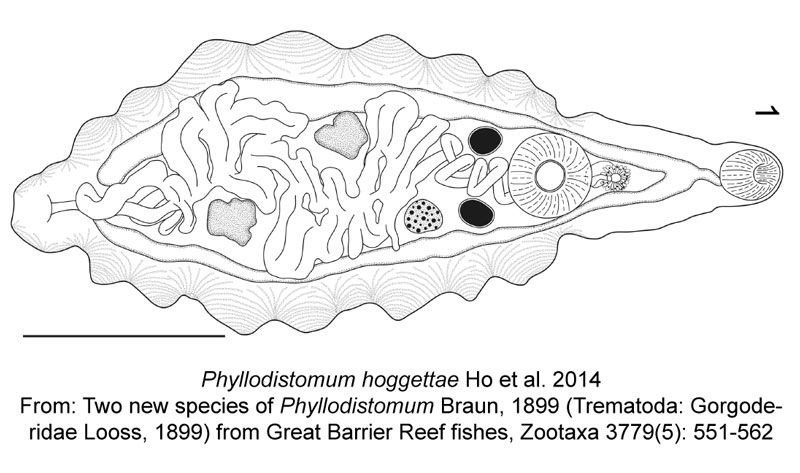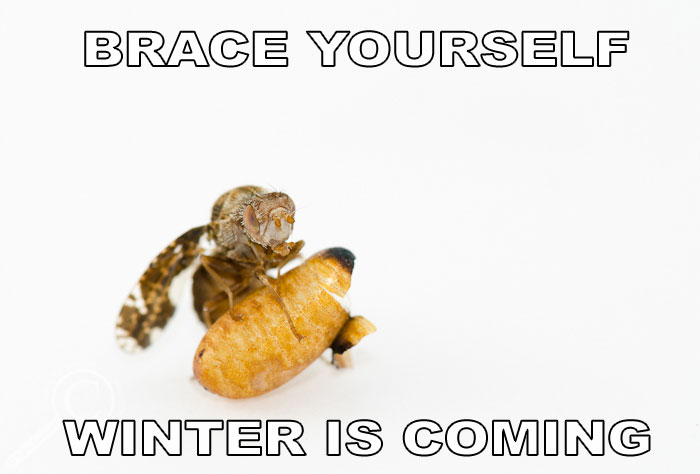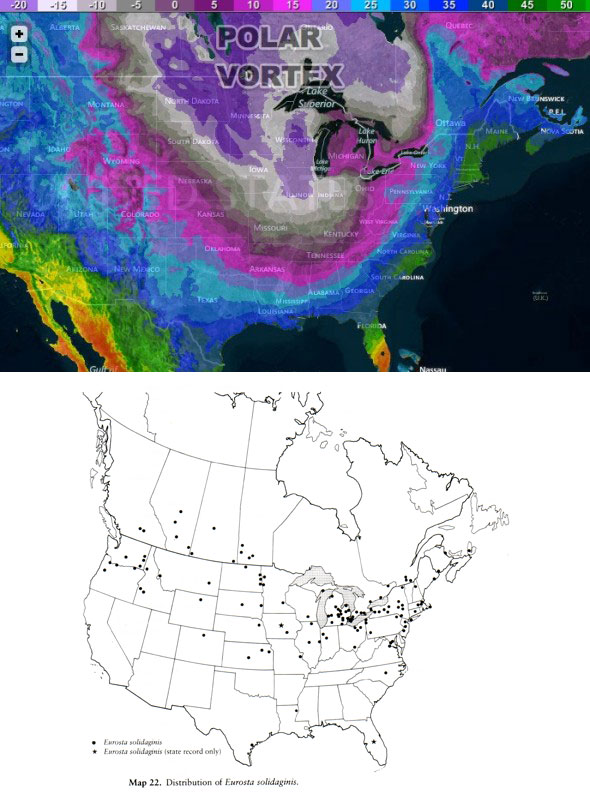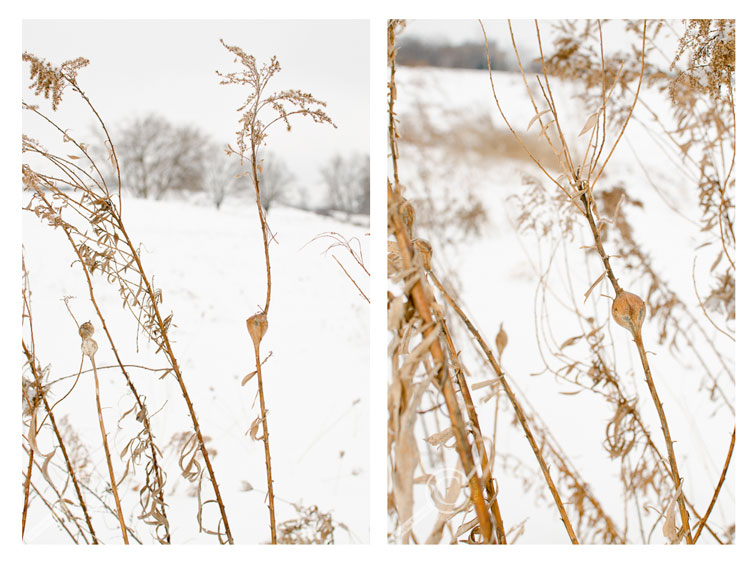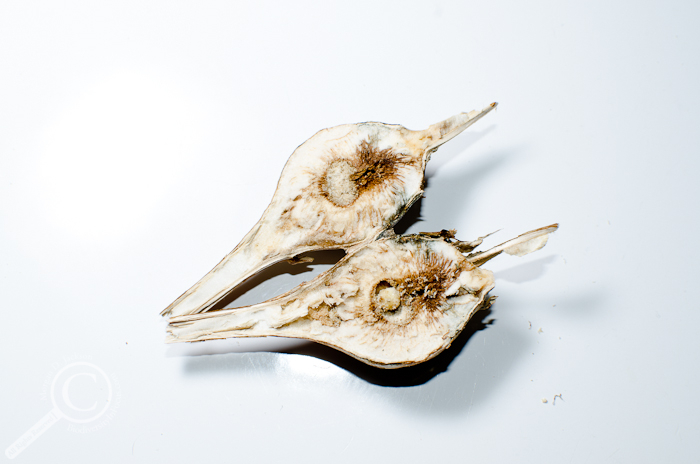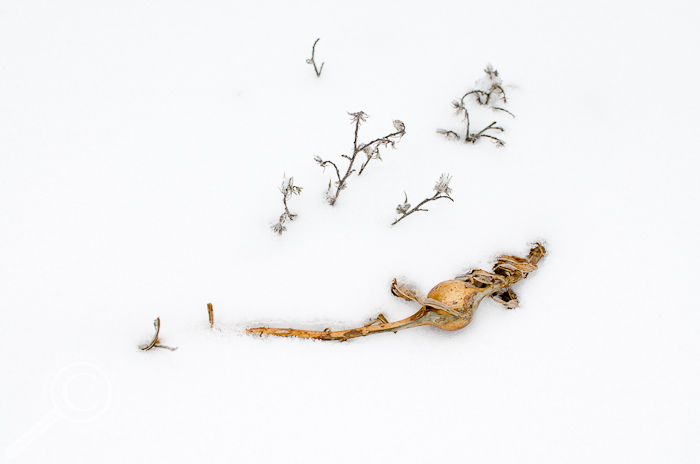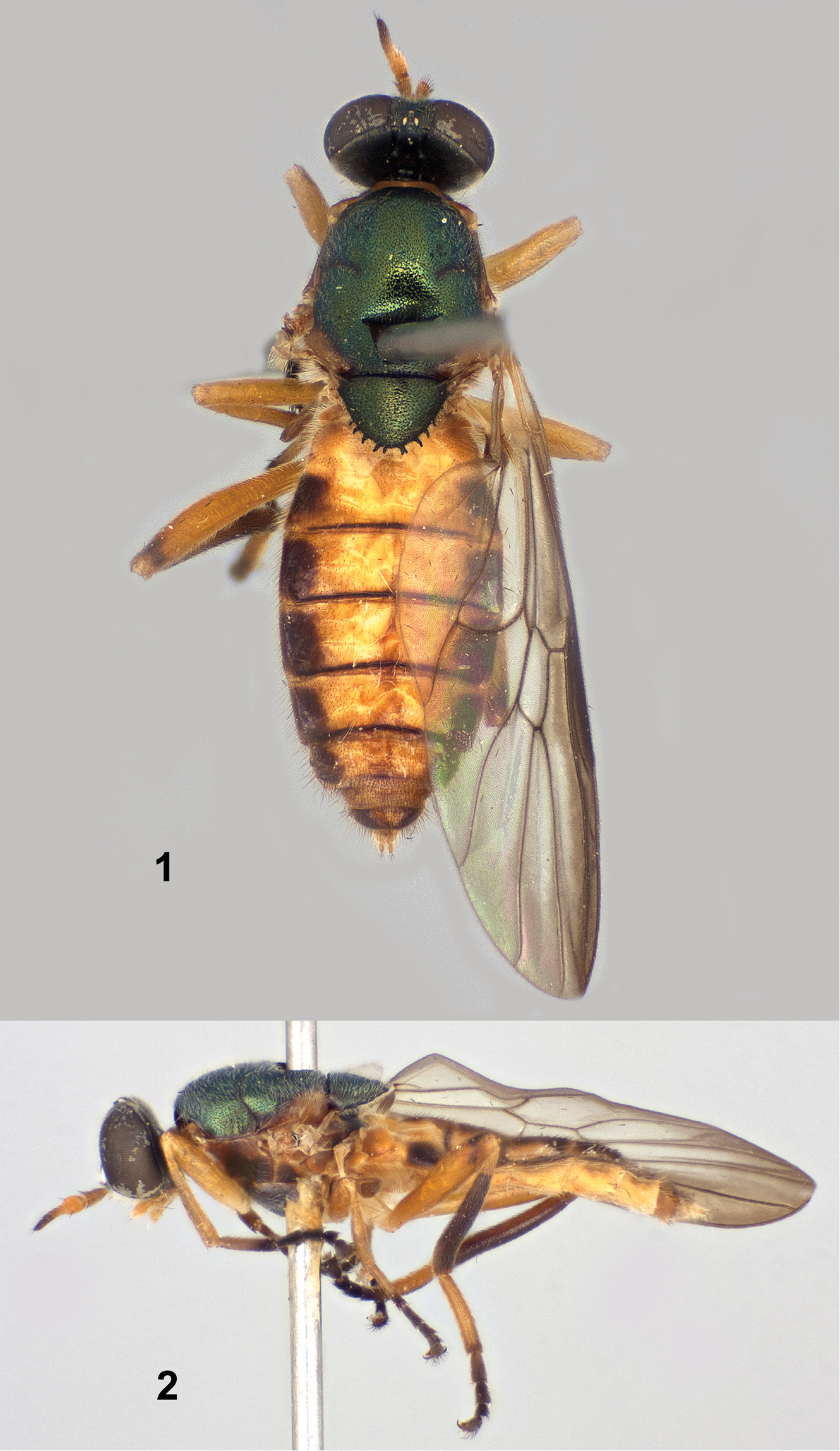Another year has come to a close; papers were written, grants awarded, and theses… progressed? Regardless, 2015 continued the trend of challenging but ultimately rewarding solar orbits for me, marking some pretty major milestones, and forecasting a few others. As we head into the great unknown of 2016, I hope we can look forward to the same incredible quantity & quality of science writing, videos, and podcasts that were produced in 2015. I found a lot of inspiration in the creativity & talent of science communicators (and other types of communicators) this past year, and learned a lot of interesting information, all while being endlessly entertained.
If you find yourself needing some inspiration of your own this coming year, or just want to be entertained at the alter of science, here are my favourite reads, watches, and listens from 2015.
January
There’s no better way to tackle a new year than head on, which is exactly what this ant-decapitating phorid fly does, albeit in an entirely new way. Ed Yong covers this cool story with his usual panache, and brings the struggles of the undergrowth to life in vivid detail.
When it comes to other media, nothing quite got under my skin (in a good way) like Piotr Naskrecki’s video detailing the life cycle & effects of Dermatobia hominis, the Human Bot Fly. With stunning macro videography and time-lapses, as well as a narration that details first-hand what the entire experience was like, this is one video that has truly stuck with me.
February
In February, the Entomological Society of America commissioned a series of biographical articles detailing the lives and work of 5 female entomologists. All 5 articles were astonishingly good, but Tanya Josek’s creative chronicling of Berta Scharrer’s life by way of a first-person Twitter feed was so fun and personal that I haven’t forgotten it.
March
Continuing the trend of celebrating female entomologists, David Maddison and Kip Will tell the story of Hilary Hacker, an entomologist who published a high-quality and massive monograph about a subgenus of carabid beetles, but who then seemed to disappear from entomology. After some sleuthing, David & Kip come face to face with the woman who their own work is built upon. Great stuff.
Meanwhile, in southern California, Aaron Pomerantz was putting together this fantastic video explaining how researchers at the Natural History Museum of LA County discovered 30 new species of phorid flies in the backyards of Los Angeles.
Bonus good read: Catherine Scott on the bizarre biology and natural history of Bolas spiders.
April
There are a number of ways maggots can cause problems for us (see above), but Cassandra Willyard details one way in which we used science and ingenuity to fight back against a major veterinary pest, the New World screwworm.
If reading about myiasis doesn’t shake you up, I guarantee Love + Radio’s The Living Room (aired by RadioLab, which is where I originally heard it) surely will. This radio tale is as unsettling as it is magnificent, and I guarantee you’ll have a mix of emotions and opinions upon its conclusion.
Bonus good read: Familiarize yourself with Dunn’s Provocation, especially if you’re interested in global biodiversity and figuring out how many species we share this planet with.
May
What happens when you browse through 70 year old entomology papers? For Dez Huber, it was the discovery of a bizarre beetle that can reportedly live where no insect should theoretically be able to: in wood submerged in saltwater for years or even decades. Natural history and historical literature at its finest.
Some mysteries don’t take 70 years to unfold of course, especially when dead things are involved. Erika Engelhaupt details one such example, explaining how using rat poison lead her to be sitting in her car with the headlights glaring through her front windows.
June
With what may be the strangest method for immobilizing prey I, or my inner 12 year-old, has ever heard about, Gwen Pearson explains how the beaded lacewing knocks out its prospective dinner with a well-aimed and particularly noxious fart. Really.
June also featured a trio of astoundingly good podcast episodes. The Adaptors podcast explores the complicated world of lichens and how their delicate balance is being impacted by climate change and air pollution. Reply All went from mistaken email identities to the story of a girl guide troop in the most unlikely of locations: a WWII internment camp in China. Finally, Mystery Show picks up the case of a novelty belt buckle with a toaster on it, and attempts to track down its original owner, with absolutely delightful conversations along the way.
Bonus good read: Helen MacDonald and her love of field guides and identifying nature.
July
Possibly the greatest piece of science writing I read all year, The Really Big One by Kathryn Schulz is a masterpiece, marrying geology with policy and disaster with community, creating one of the most terrifyingly incredible stories ever. Do not miss this one.
Shaena Montanari takes on the four-legged fossil snake discovered this year, while boldly and openly tackling an issue many paleontologists and taxonomists seem loathe to acknowledge: the import and export of natural history specimens, and the legal, moral, and ethical ramifications of global biodiversity research in the absence of collaboration.
Bonus good read: Paul Rudd classifies ants, and puts astronomers in their place.
August
In August, I spent most of my reading time sitting on a dock at the cottage where WiFi is definitely lacking. Luckily I brought 2 excellent books with me, both of which I thoroughly enjoyed and would recommend everyone pick up.

Infested: How the Bed Bug Infiltrated our Bedrooms and Took Over the World by Brooke Borel
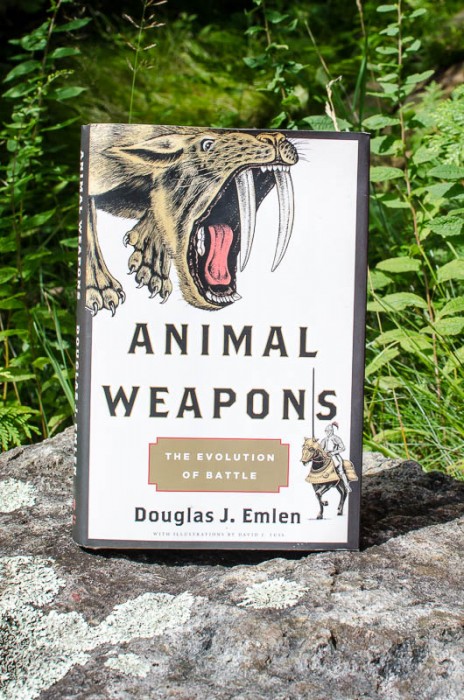
Animal Weapons: The Evolution of Battle by Douglas Emlen
Infested by Brooke Borel is a wonderful examination of the rise, fall, and rise again of bed bugs in the western world, featuring a whole suite of interesting human characters throughout. Be warned: this one might be a little tough to read while laying in bed.
What can I say about Animal Weapons by Douglas Emlen? Well, it quickly rocketed into my all-time Top 5 list of favourite books about natural history and evolutionary biology. Beautifully written, Emlen shadows the development of human tools of war with the ways in which animals wage battle, tying everything back to natural selection and how it is constantly influencing the world we live and fight in, and adding in personal touches from his years of field work for good measure. I’ll be recommending this book for anyone interested in learning about popular science writing for years to come.
Podcasts are a lot of things. Sometimes they’re interviews or people talking at each other. Sometimes they’re narrative stories told by hosts and subjects together. And sometimes, they’re something special and entirely different. The Memory Palace is the latter; spoken word essays about historical events by Nate DiMeo that are incredible twists and turns through emotions, humour, and education. Craning, describing the launch of Apollo 11, is an audio masterpiece.
September
Kaitlin Janecke has the most astute rallying call for how natural history museums must adapt to the world of social media, and how adopting new technologies and media can expand the missions of these venerated and increasingly beleaguered institutions.
If I had 1,000 legs, I would give Emily Graslie’s Millipedes: The First Land Animals 1,000 thumbs up.
Bonus good read: Ed Yong pleads for the conservation of parasites.
October
At several points throughout 2015 we saw anger and false-environmentalism flare up over the collection & sacrifice of creatures for scientific study, but perhaps none caused as much of a stir as a rare moustached kingfisher from the Solomon Islands. While armchair conservationists raged about the indecency of collection in this day and age, Christopher Filardi expertly explained why specimens are necessary. Even better, Audobon.org published an editorial explicitly agreeing with Filardi, despite strong and vociferous opposition from their commentariat.
Field work doesn’t always go exactly as one might hope, and pride tends to come before the fall, or in Aerin Jacob’s case, before the mud hole. This is The Story Collider at its best.
That being said, sometimes work in the lab doesn’t always go according to plan either. Science Friday shares the a case of a herpetologist who has the worst day of his career, and documents it from start to end.
November
If you have plans to drown a pseudoscorpion this year, make sure to clear your calendar: it could take awhile. Chris Buddle takes us on an adventure to the arctic with a team of collaborators to test the natural history of an odd little arthropod.
The adventurous life of a field biologist can be exciting, but what about family left at home? Nate DiMeo of The Memory Palace again with a beautiful audio essay about the unbridled devotion and despair of a women in love with North America’s preeminent naturalist.
December
While it is often overlooked, occasionally scorned, and rarely admired, taxonomy has the ability to inspire and engage with people like few other disciplines. Robin Kazmier shares how 20 new braconid wasp species in Costa Rica are helping to inspire a group of lucky school children, and how a direct attachment to the wasps in their region may impact the future of this area.
Related, some taxonomists still deride new species names that reference popular culture or individuals not deemed “worthy” of patronyms. Rachel Feltman explains exactly why this is a self-defeating attitude, and how a good name can take a species from obscurity to celebrity.
And in the anthropocene, we can use all the help we can get when it comes to conservation. The American Museum of Natural History tackles the issue of extinction with excellence in their Shelf Life episode, Six Extinctions in Six Minutes.
So there you have it, all the things I read, watched, and listened to that I couldn’t get out of my head in 2015. I hope 2016 is a year of unparalleled success and happiness for you and yours, and thanks for continuing to stop by and read my own work throughout the year. It’s been fun.



